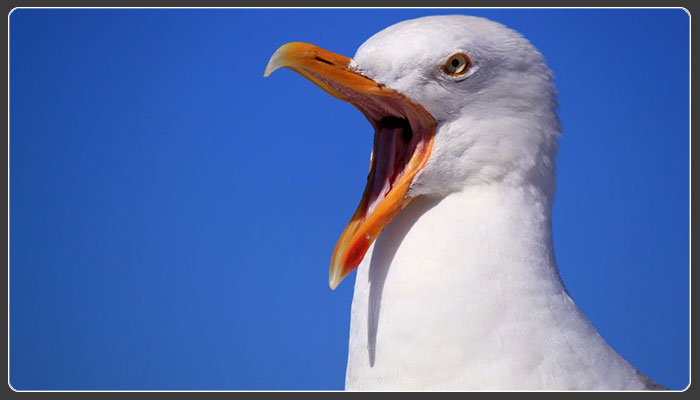Waste from Landfills Carried to Water by Bird Excrement

According to a recent report by Water Research, tonnes of discarded waste from landfills is being transferred to the world’s freshwater systems through the excrement of seagulls eating that waste. Not only is this realization naturally repulsive, it’s also extremely toxic.
Most people concern themselves with their household waste and garbage collection only when it’s present or causes a direct problem. As expected, once it’s out of sight, it’s also out of mind. Because waste management doesn’t have the ability to make it disappear completely, the new waste is added to an already gigantic pile of latent garbage where it will wait thousands of years to decompose. In some cases, discarded items don’t get a chance to decompose; instead, they’re consumed by passing animals. When these animals process and eject the chemical-infused waste they’ve eaten, much of it finds its way into bodies of water.
Although seagulls aren’t the only mammals that eat the waste from landfills, they’re certainly one of the main reasons why so much displaced junk has entered freshwater systems across the globe. Due to their natural habitat and unusual eating habits, seagulls consume plastic washed up on beaches and litter in areas near water, the chemicals of which stay present in their faeces.
Researchers first needed to know the approximate number of seagulls actually consuming landfill waste. Through collecting data on seagulls observed eating from designated dumping areas, the research team estimated that around 1.4 million gulls were stealing their food from landfills in the US alone.
Even though this data-based estimate is surprisingly high, the team predicted that due to the undocumented number of gulls consuming trash, the true total is likely more than 5 million. If the latter number is closer to reality, the world’s water pollution problem could be more serious than we once thought. Furthermore, costs associated to creating and implementing a remedy with the help of a specialized waste disposal company are much higher than originally expected.
The research team stuck with their estimate of 1.4 million and used it to determine how much nitrogen and phosphorus, the two main sources of nutrient pollution, the seagulls were discarding. An issue that sounds like something out of an animated television series can be more harmful than we think, especially when the state of a single lake is looked at. Jordan Lake in North Carolina, for example, is surrounded by hundreds of campsites and a recreation area that covers more than 56 square kilometres. These circumstances led to 49,000 gulls making Jordan Lake their home and releasing over one ton of phosphorus from landfill waste into the lake through their excrement.
Excess phosphorus in lakes leads to algae overgrowth and the death of other water-dwelling species, hindering and eventually destroying entire ecosystems. Cleaning out the affected freshwater sources may seem like a good idea, but dealing with landfills could be an even better solution to the problem. Landfill sites could soon experience size reductions and mandatory waste covering to ward off hungry animals. Perhaps combining both solutions could rid of the problem almost entirely.


